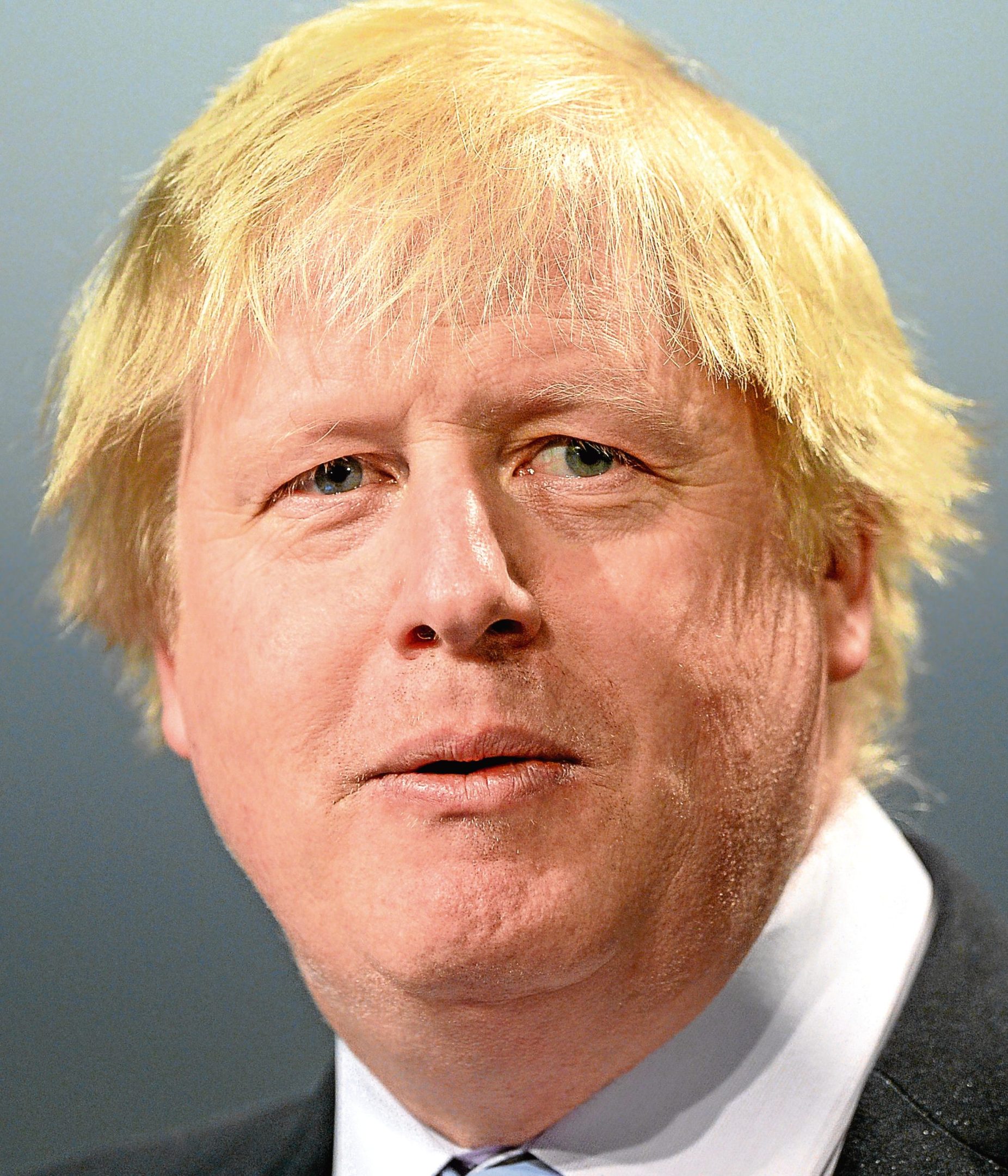
JUST when this election campaign looked in danger of becoming dull, good old reliable Boris Johnson stepped up to the plate.
In characteristic fashion, the blond mop produced a truly bizarre insult for Jeremy Corbyn.
“Mutton-headed old mugwump”.
He insisted the Labour leader would, given the keys to No. 10, pose an extreme “threat” to the UK.
But, before I go any further, what actually is a mugwump?
According to the Oxford Dictionary, it comes from the Algonquian mugquomp, which means great chief.
In modern parlance it refers to a person who remains aloof or independent, especially from party politics.
Then there’s the Harry Potter connection. Apparently, the head of the International Confederation of Wizards is called the Supreme Mugwump.
And finally it can mean “war leader” or imply someone is “holier-than-thou”.
Let’s be honest, none of the definitions really fit.
Boris probably simply remembered the expression and thought it sounded funny.
I don’t expect Theresa May was as amused, however, given the lengths to which she is going to stay on message.
In case you somehow hadn’t heard – although I’m not sure that’s possible – the Tory leader is promising “strong and stable leadership”.
She pulled off quite a feat at Prime Minister’s Questions – managing to deploy the line nine times.
The campaign strategy thus far? Stick to the strictly-controlled script until everyone is fed up hearing it.
That’s all well and good, but voters aren’t stupid.
And Mrs May undoubtedly took the tactic a step too far when asked in a radio interview: “Do you know what a mugwump is?”
After a brief, strained laugh, the Prime Minister replied: “What I recognise is that what we need in this country is strong and stable leadership.”
It’s easy to mock, but there does seem to be some method behind the apparent madness.
Remember, the Conservatives remain way ahead in the polls, with one this week showing Mrs May is more popular with voters than any PM since the late ’70s.
With that in mind, the tendency is probably to follow a safe, low-risk approach, limiting any potential for damage.
By adhering to bland soundbites and not going in for insults, the strategists will hope to shield Mrs May from nasty party claims and retaliatory personal attacks.
Mr Corbyn’s response suggests this is a sensible ploy. Quick to condemn the “name-calling”, it gave him an opportunity to head for the moral high ground, claiming: “I’ve never done that and I’m not going to start now.”
But, as long as Mrs May isn’t the one delivering the digs she can be distanced from them.
So while she will likely steer clear, expect those around her to put the boot in every now and again.
On Tuesday, it will be 20 years since Tony Blair’s landslide election victory.
It’s staggering to think how much the party’s direction of travel has changed since then.
In just a few weeks time, Theresa May is expected to secure a similarly emphatic win – if the polls are right. And some say Labour is in danger of being confined to the history books.
But at the height of Blair’s dominance, the Conservatives were going nowhere fast too.
So the pendulum should swing back at some point, although indeed that may not be for a long time.

Enjoy the convenience of having The Sunday Post delivered as a digital ePaper straight to your smartphone, tablet or computer.
Subscribe for only £5.49 a month and enjoy all the benefits of the printed paper as a digital replica.
Subscribe